Sugar crop shortages sour power plant plans
Foreign investors are reluctant to build new power plants fueled by cane bagasse – the pulp left over after sugar has been extracted from sugarcane – because of shortages of the crop throughout Vietnam.
General director of Tay Ninh Sugar Company – an enterprise wholly owned by the French Bourbon group – Philippe Lombard last week told Vietnam Investment Review that the company’s plan to build a second power facility with a designated generation capacity of 50-70 megawatts (MW) might not go ahead due to cane shortages in Vietnam, despite company wishes.
“In the beginning, we had a long-term plan to double our sugar production capacity from the existing 8,000 tonnes of cane per day, and build a new power generation facility beside the sugar refinery for the cane bagasse,” said Lombard.
“However, we have not yet realised that plan because we do not have sufficient supplies of raw cane.”
He said Tay Ninh needed up to 1.2 million tonnes of raw cane per year so the factory could reach its installed capacity of 8,000 tonnes of cane per day.
However, at present, Tay Ninh is only running at a maximum of 66 per cent of its capacity because the factory can only purchase around 800,000 tonnes of raw cane from local growers each year.
He complained that despite having signed contracts to sell cane to Tay Ninh at the beginning of the crop, local growers flagrantly broke promises and sold their cane to other sugar companies, which agreed to pay them higher than the contracted price.
Tay Ninh built a 24 MW power generation facility in 1996 at the factory site in southern Tay Ninh province. Lombard said the sugar factory presently used around 10 MW from the power facility and Tay Ninh sold the rest of the recycled energy to Electricity of Vietnam (EVN).
Tay Ninh’s business reports last year showed that 2004 was the first year the company made a profit after 10 years of operating in Vietnam.
The profit was estimated at VND50 billion ($3.2 million). Of this, VND10 million ($633,000) came from the sale of electricity to EVN.
“I think that the plan to build a new power generation facility will be delayed until we have sufficient raw cane to operate the sugar processing mill at full capacity,” said Lombard.
Likewise, KCP Vietnam Sugar Company in the southern province of Phu Yen has decided to delay the construction of its second power generation facility until December this year to wait for a better cane crop.
Last year, KCP planned to break ground on a $3-million 6 MW power facility close to the first 6 MW facility, which the company built in 2001. KCP intended to sell all of the electricity output from the new facility to EVN at a negotiated price of 4 cents per kWh.
KCP general director K.V.S.R Subbaiah told VIR that although cane shortages were not really the major reason behind the delay in construction, KCP’s decision was based on ensuring sufficient supplies are available for the planned power generation facility.
“We forecast that the coming cane crop will be better, which will allow our development schedule to be met,” he said. “We will consider building another 15 MW facility at an estimated cost of $10 million if the 6 MW factory provides a sufficient profit margin and there is an increase in electricity demand. This will be done alongside our plan to double KCP’s sugar production capacity to 80,000 tonnes per year.”
Initial estimates from the Ministry of Agriculture and Rural Development (MARD) indicated that Vietnam lost 500,000 tonnes of cane in the 2004-05 crop due to droughts in the Central Highlands and southern provinces. MARD figures showed that farmers grew 300,000ha of cane this crop to produce 14 million tonnes of raw cane for sugar production.
What the stars mean:
★ Poor ★ ★ Promising ★★★ Good ★★★★ Very good ★★★★★ Exceptional
Related Contents
Latest News
More News
- Chip industry taking on new players (April 17, 2024 | 16:38)
- Support rises in semiconductor chip development in Vietnam (April 17, 2024 | 16:00)
- Beacon Investment Fund to expand Lotus Group's F&B operations (April 17, 2024 | 11:09)
- Public investment progress requires a stronger thrust (April 17, 2024 | 09:21)
- Disbursement delay deemed unacceptable (April 17, 2024 | 09:13)
- Lack of sand prompts alternatives for traffic projects (April 17, 2024 | 08:00)
- Vietnam asks Apple to make it global production base (April 16, 2024 | 16:11)
- SK E&S and T&T Group research LNG project in Quang Tri (April 16, 2024 | 15:38)
- Experts give insight into Vietnam's retail sector (April 16, 2024 | 09:00)
- Warburg Pincus invests in Xuyen A hospital chain (April 15, 2024 | 17:06)

 Tag:
Tag: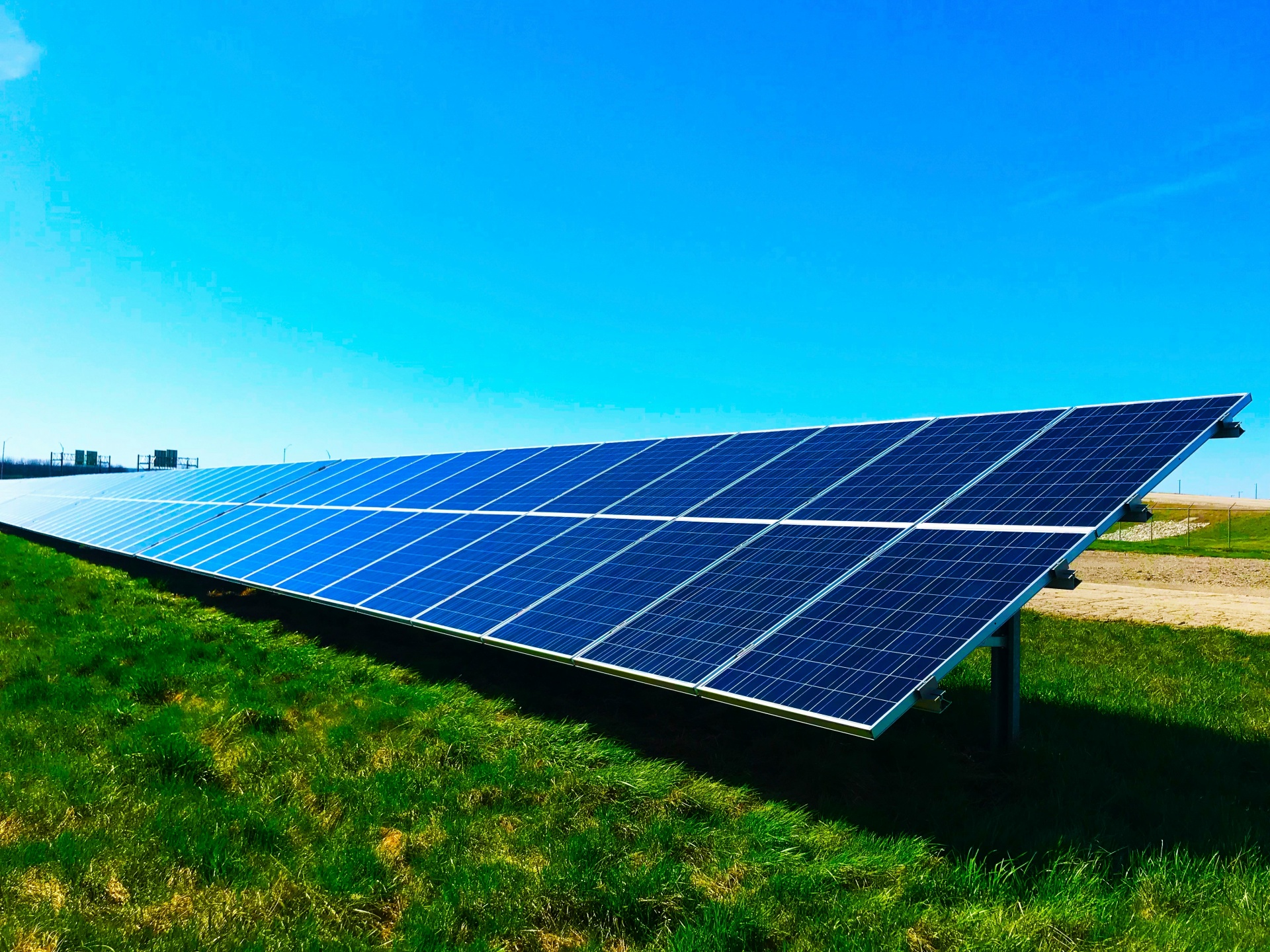
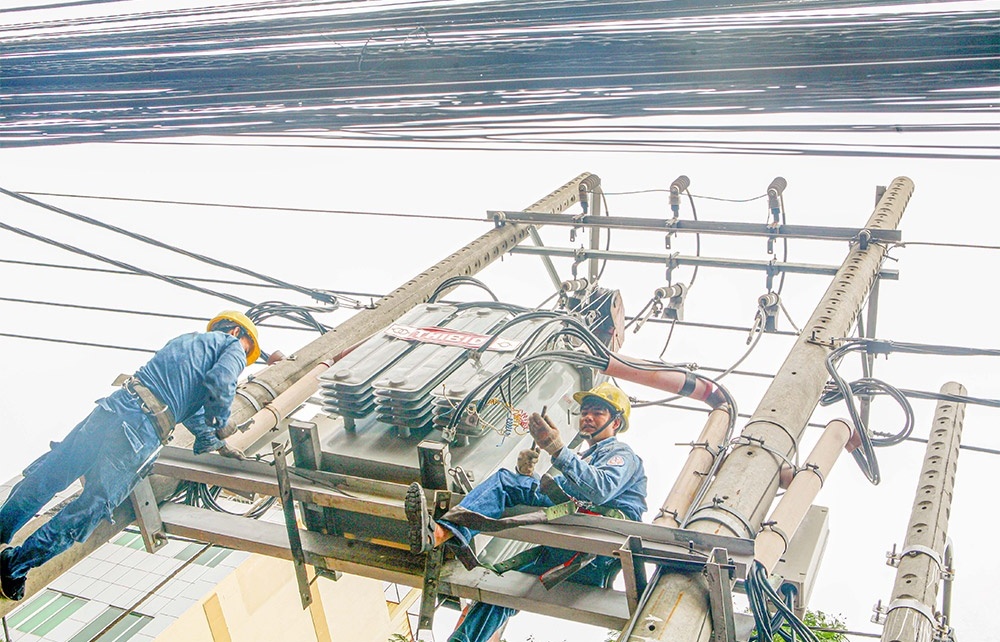
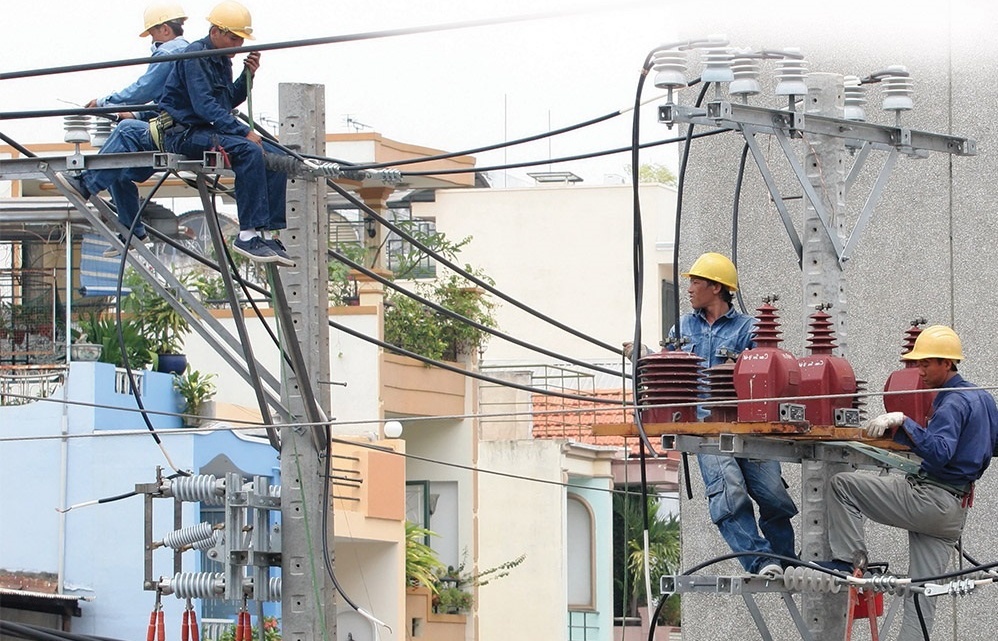
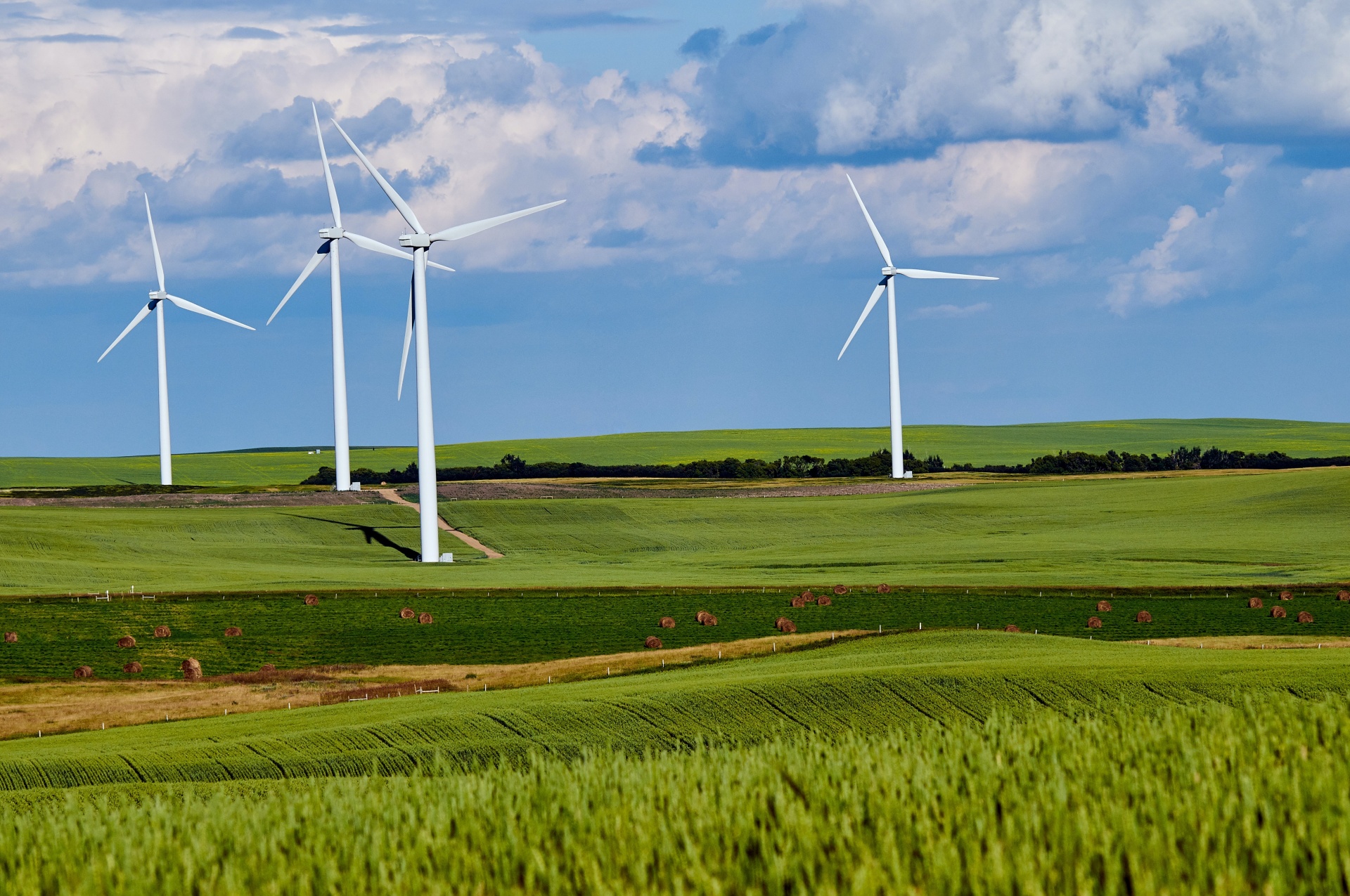
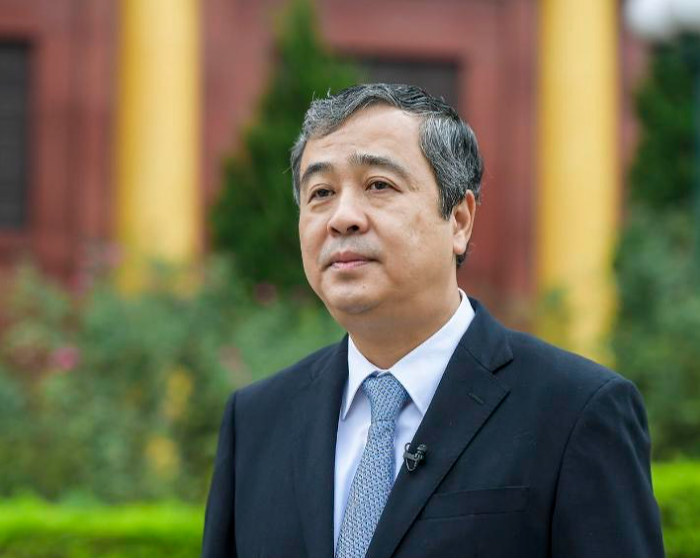
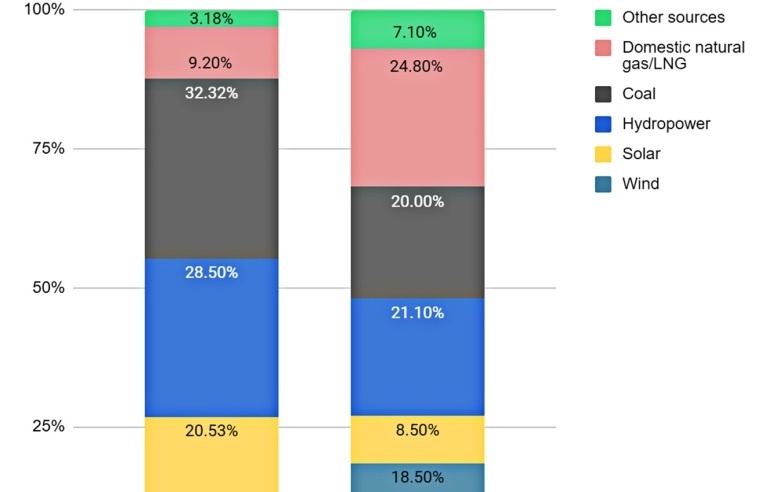
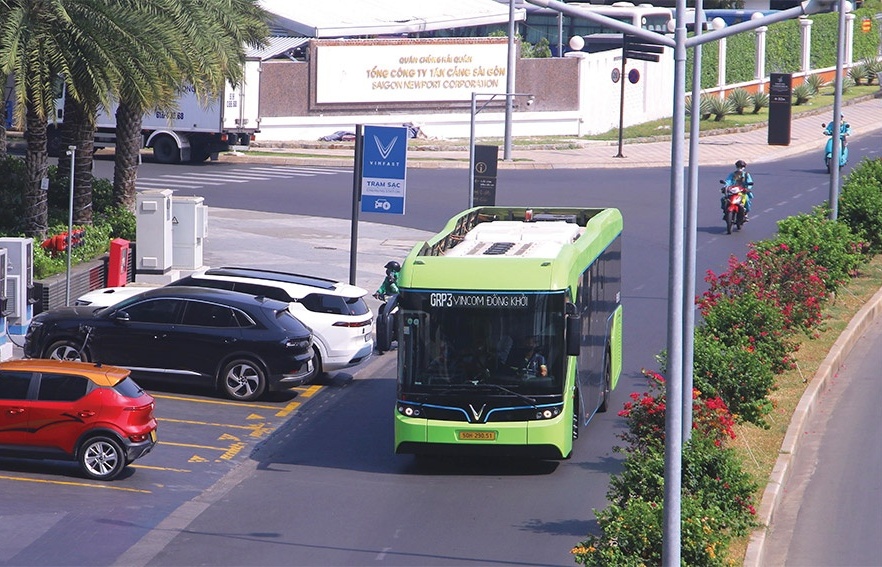


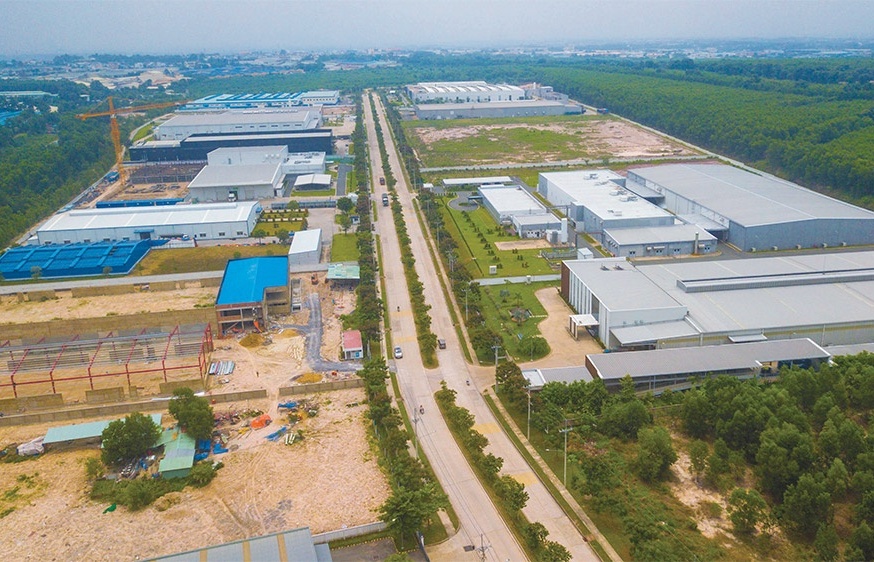
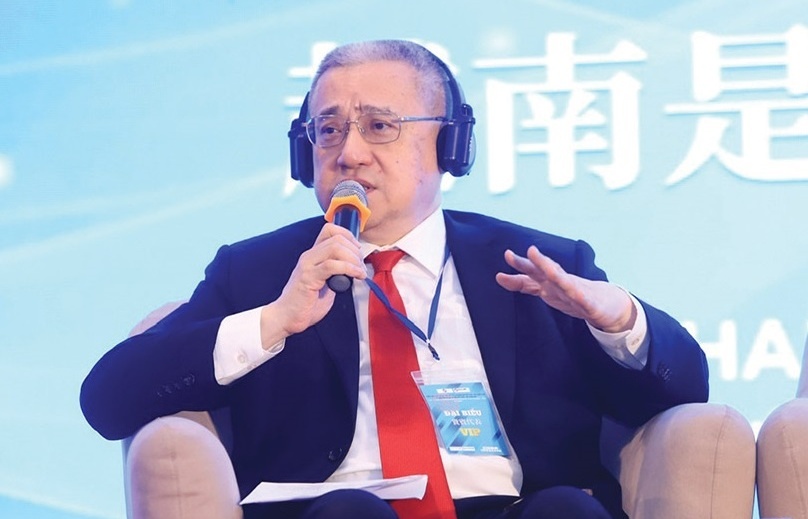
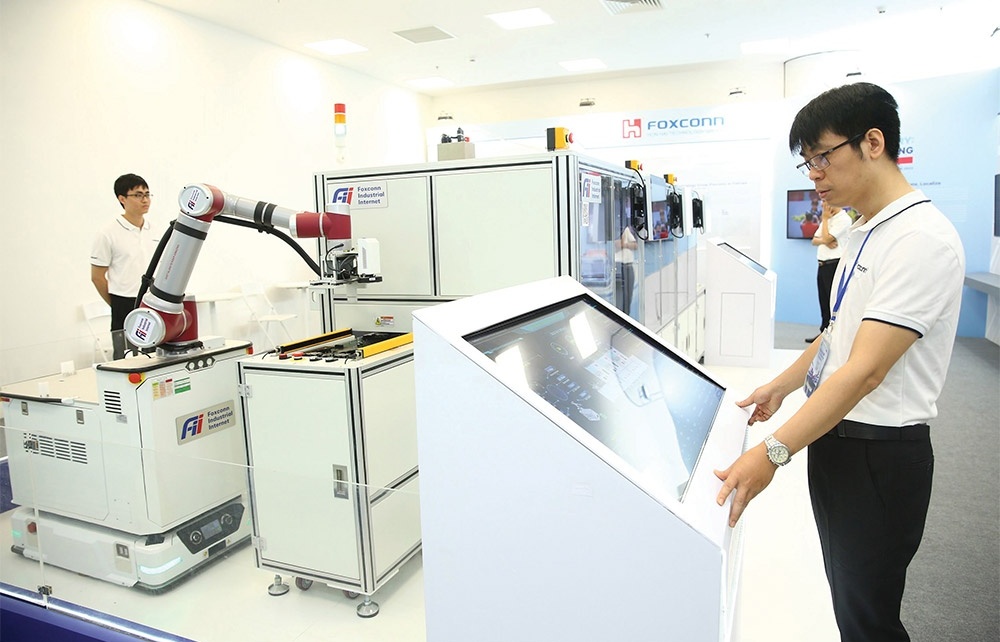



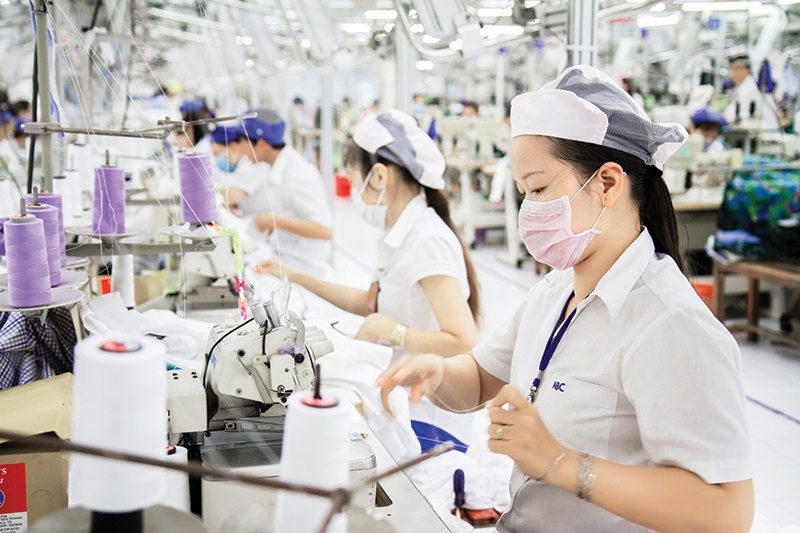

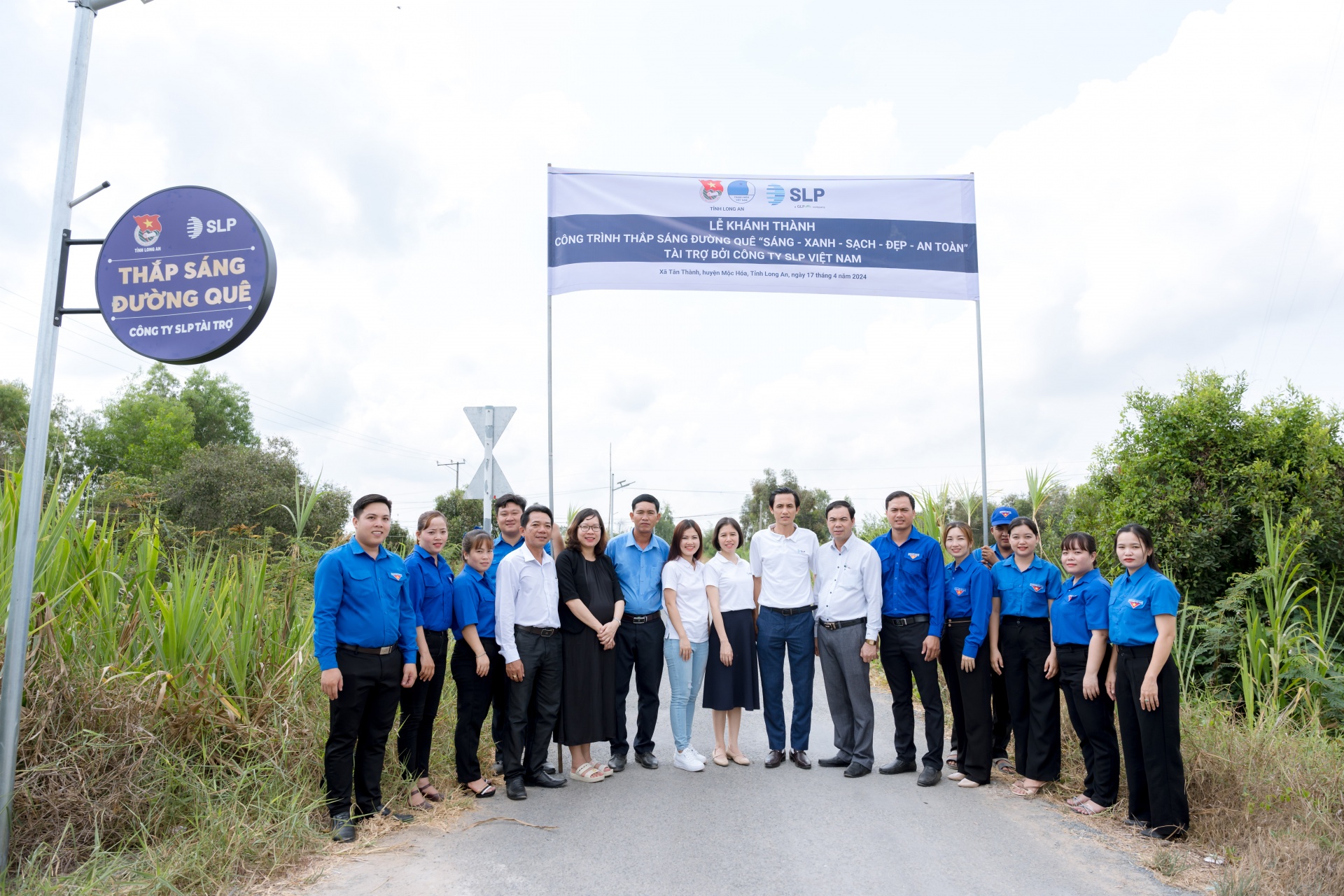



 Mobile Version
Mobile Version